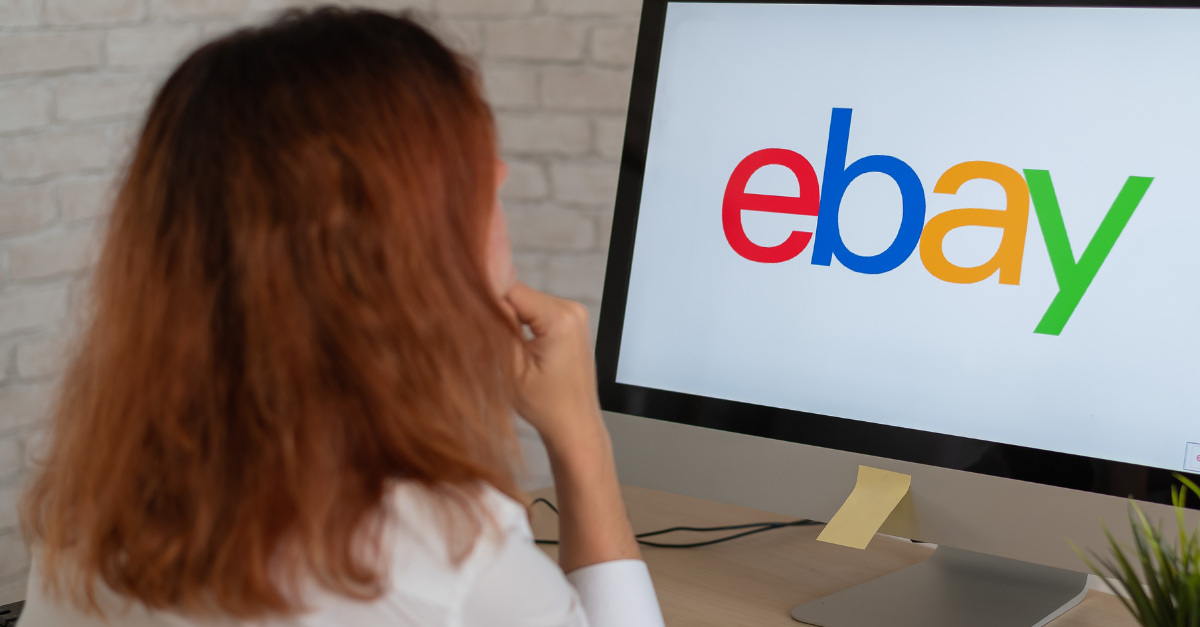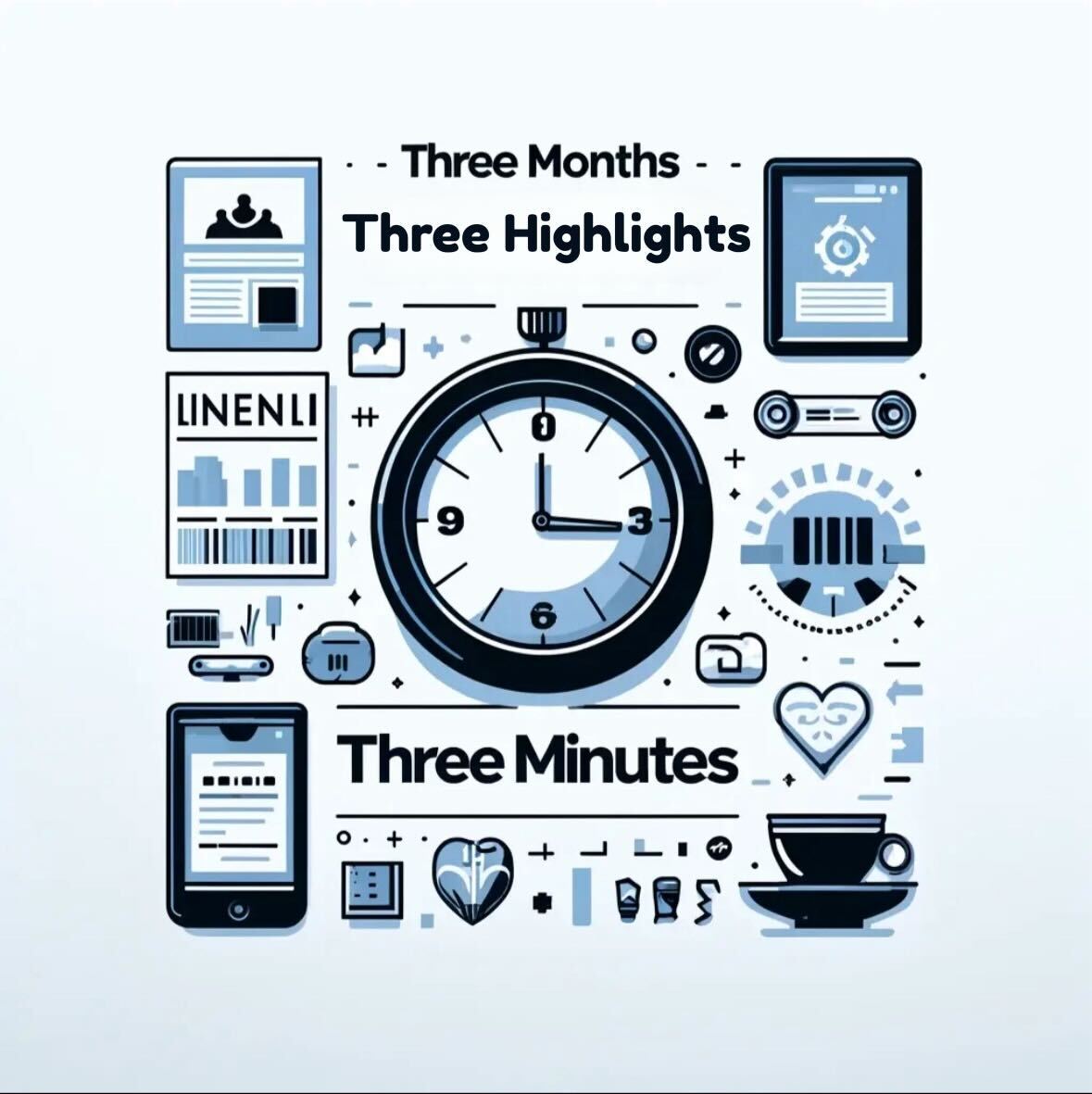eBay grew up as a humble ‘online car boot sale’ auction-based site, catering to second-hand goods and discounted items. It was the first of its kind and an innovation few predicted would lead to so much long term potential.
That was two decades ago. Why are people perceiving eBay negatively for their brand image? Why do so many brands shy away from the tens of millions of active eBay buyers and monthly visitors?
eBay Trials
eBay has at times shown some mixed signals on its desired direction over the years. eBay pushed hard to focus on premium fashion and attract bigger brands, leveraging a large ‘eBay Deals’ team and had a lot of focus on promotions.
However it wasn't long before the ‘deal team’ disappeared and eBay seemed to recognise it was straying too far from its user base. This was married with a shuffle of top senior management. eBay, from an outside perspective, appears to have tried on different ideas with mixed successes.
eBay also suffers from legacy architecture. Many might be surprised it won a Technology and innovation medal in 2008, as eBay’s UI has had an antiquated look and feel for some time.
Unfortunately eBay has not had the best roll out of new features; business policies, GSP, multi-user controls and more recently PPC are all examples of good ideas that failed to be refined to their full potential, and still remain unfinished in feel and value delivery.
Lost Opportunities
I'm old enough to remember when eBay was the giant and no one had heard of Amazon. I was in the middle of marketplace booms the year Amazon overtook eBay with more visitors and transactions.
In the years since, Amazon has become a global giant, changing the way eCommerce is done. Just consider how much Prime changed the landscape. eBay, sadly, has watched this happen and not reacted or innovated to stay at pace.
eBay also became bogged down in internal issues, both in the 2010’s and 2020’s. It was charged by the justice department in the US, then a criminal case of journalism harassment.
It bought and sold Paypal, invested in FlipKart, then the ExpertMaker. It sold Skype back in 2009… Hindsight makes it easier to see our mistakes. eBay hopefully is learning and adapting for a better future. Its recent past has been mixed with achievements and stumbles.
Should I be on eBay?
To the overwhelming majority - Yes. Yes, you should.
I don’t know your brand. I don’t know your price point. I don’t know your competitors. I don't know your brand positioning.
I do know buyer demographics and habits. I do know marketplace conveniences and buyer protections. I know about the value of an open community sharing experiences and grading service and product.
Like it or not, marketplaces are growing and here to stay. They make a purchase too easy and too safe for buyers. Once that eBay account is open and details stored, eBay buyers have one-click easy purchase. They know if something goes wrong, eBay will protect them. eBay has a following of buyers who have remained loyal to platform use.
Unless you have a very niche product, a very high priced range, or are hoping your website will become bigger than eBay in name, you won’t tap into the buyers eBay has cultivated. You may be concerned about cannibalisation, however we’ve done some research suggesting it’s not worthy of the fear many have.
The key consideration is you simply cannot control where buyers are choosing to shop. eBay gets tens of millions of visitors. It has a big household name. Unless you have a strategy which will capture eBay traffic, that audience will not be available to you.
Also, you are already on eBay
“We regularly see brands with millions of annual searches on eBay but with the inability to push the green button on this channel...”
Consider this - your products are likely ending up on eBay in the second hand section. Often with poor images and low quality descriptions. You can’t stop that. It is in many ways a badge of honour - anyone trying to resell used goods has some appreciation for the product's enduring value. You could actively control your image on eBay with direct presence, however you otherwise are at the mercy of others.
Brands need to embrace eBay for that simple reason; control. Own the space, or someone who cares less about your brand and product will. Your competitors will use your lack of product to their advantage. We regularly see brands with millions of annual searches on eBay but without the ability to push the green button on this channel, despite a clear customer demographic who want to purchase these brands on this channel.
You can’t stop eBay being eBay, nor buyers reselling goods on one of the best promotional marketplaces in the western world. We suggest you embrace things for what they are, and focus on controlling your brand.
How to use eBay
Brands need to embrace eBay for what it is - a place for a deal.
Cater to the eBay buyer mentality and historical experience. Drive promotions there. Push your outlet product into this site to keep your eCommerce site ‘clean’. Liquidate old stock there to free up warehouse space. Test price drops and flash deals against buyers and competitors. Mine eBay KPIs for analysis to better serve your other channels, website and more. Make your store an ‘Outlet’ on eBay. You can even use it as part of your sustainable channel strategy to take a bigger role in the second-hand market.
Joules is a really good example of a business who ‘got eBay’. 12 years ago Joules was a £1.2m market of consumer sellers and resellers with no brand input. Today nine times that amount of Joules product is selling on eBay and they enjoy the majority of the market.
You may want to list your full range alongside, but make eBay’s strategic focus all about deals and promotions. There’s more margin in selling your items directly at discount than wholesaling them to a liquidator who, will probably list all your items on eBay, only with worse images and listing optimisation. Buyers don't know the difference, so own your branding directly or be at the mercy of others who will care less.
eBay may not be the perfect fit for your brand image. At times, due to existing relationships with other distributors, you may need to think carefully. However for most brands, they seem to have convinced themselves eBay has no strategic position in their eCommerce plans. They are often mistaken - it very much does. It simply needs to be used properly.
eBay remains a huge entity for buyer traffic. For most sellers keen for more sales, brand control and consumer engagement, eBay is a great way to tap into tens of millions of new customers. It’s also one of the easier marketplaces to launch on. Ask us, we manage over 130 global channels.






Blog Comments